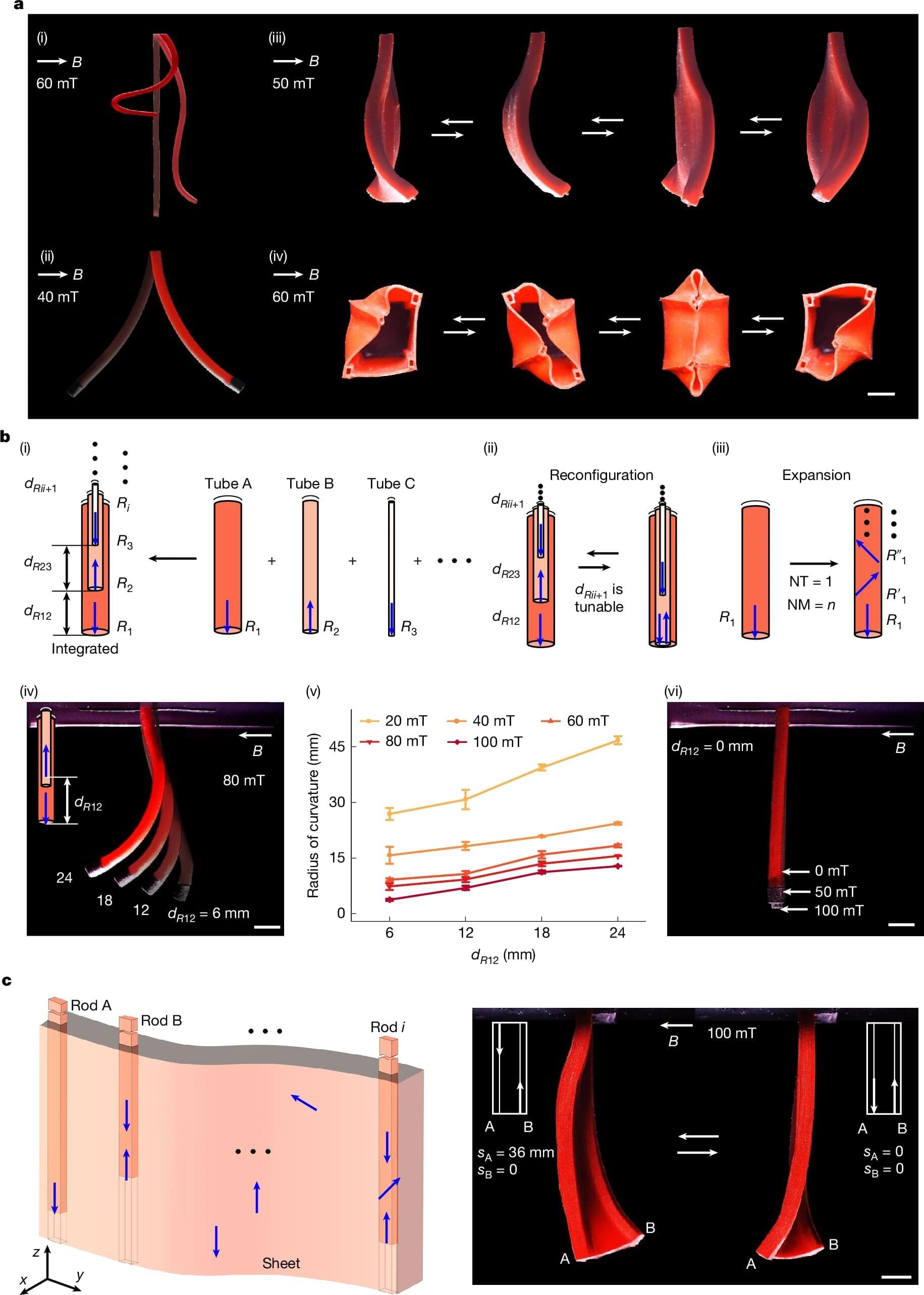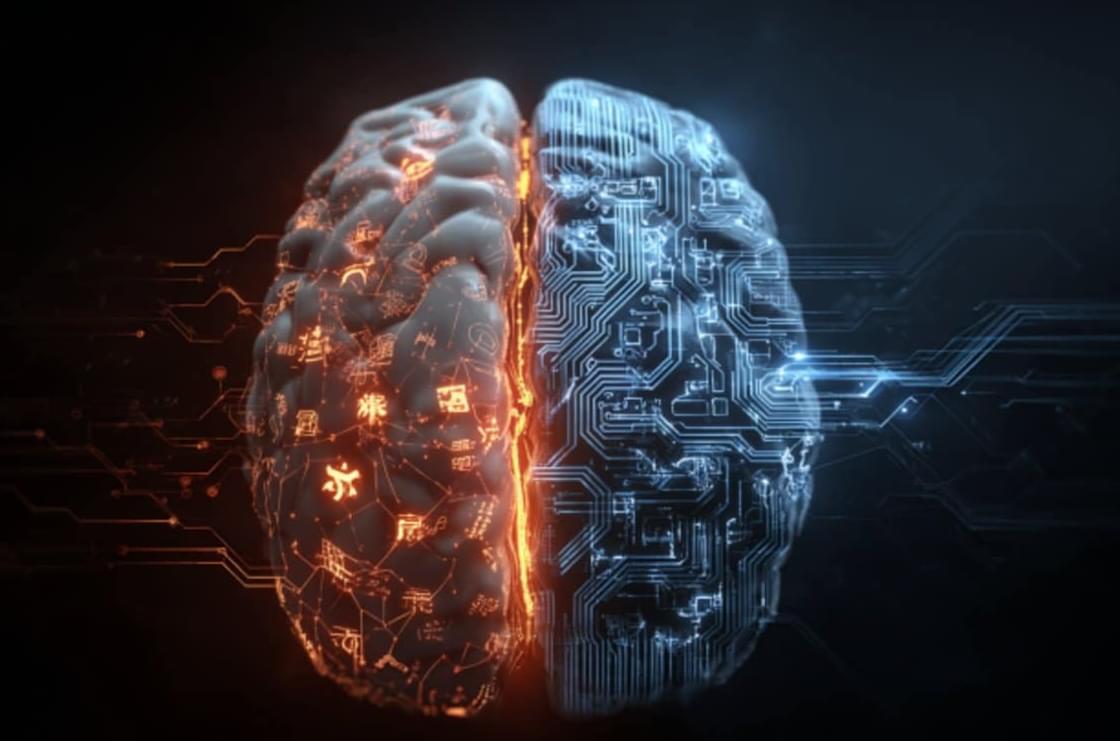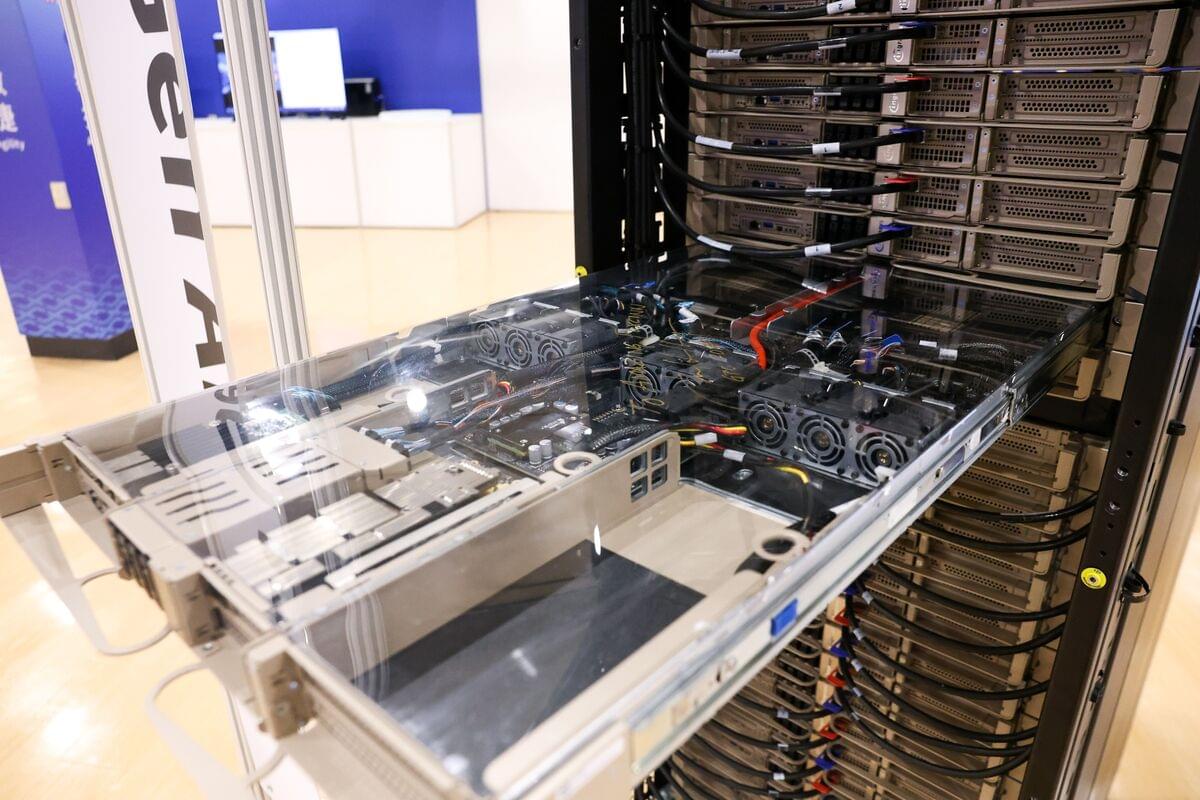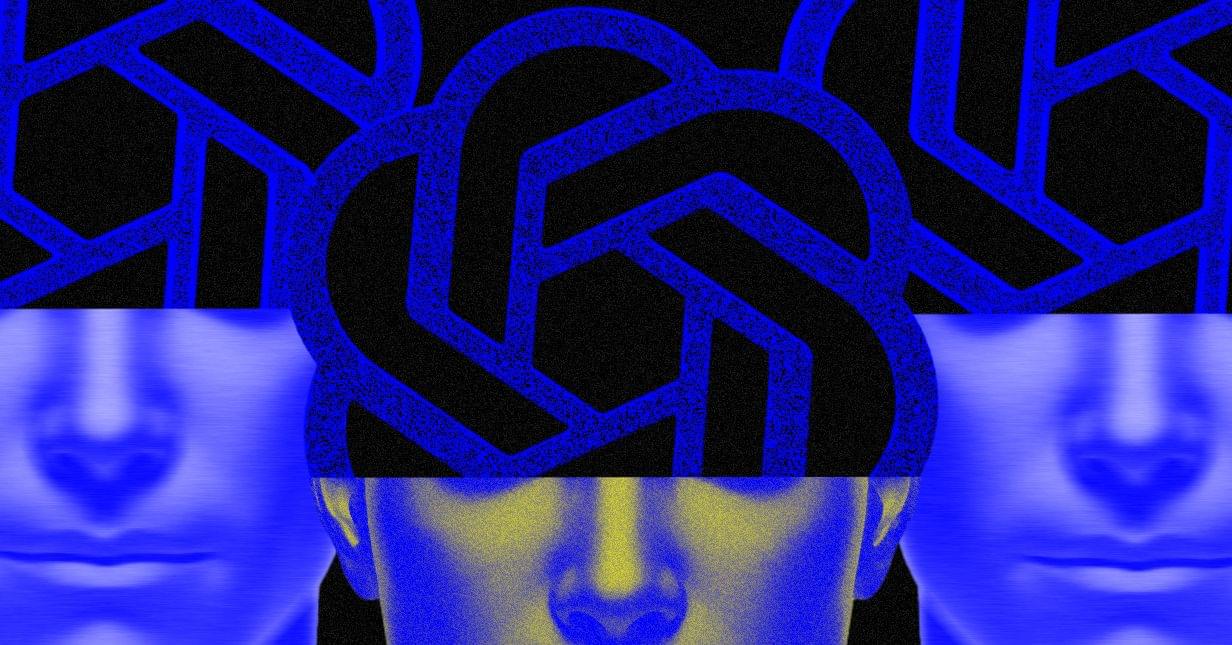Think twice about eliminating those pesky ants at your next family picnic. Their behavior may hold the key to reinventing how engineering materials, traffic control and multi-agent robots are made and utilized, thanks to research conducted by recent graduate Matthew Loges and Assistant Professor Tomer Weiss from NJIT’s Ying Wu College of Computing.
The two earned a best presentation award for their research paper titled “Simulating Ant Swarm Aggregations Dynamics” at the ACM SIGGRAPH Symposium for Computer Animation (SCA), and a qualifying poster nomination for the undergraduate research competition at the 2025 ACM SIGGRAPH (Special Interest Group on Computer Graphics and Interactive Techniques) conference.
Their study began with the observation that ant swarms behave in a manner similar to both fluid and elastic materials. The duo began work in the summer of 2024. Loges became interested in research after he took an elective class with Weiss, IT 360 Computer Graphics for Visual Effects, at the Department of Informatics. This was his first project and research paper.






